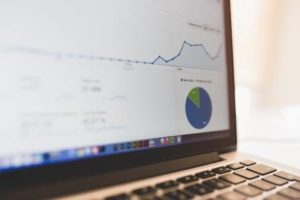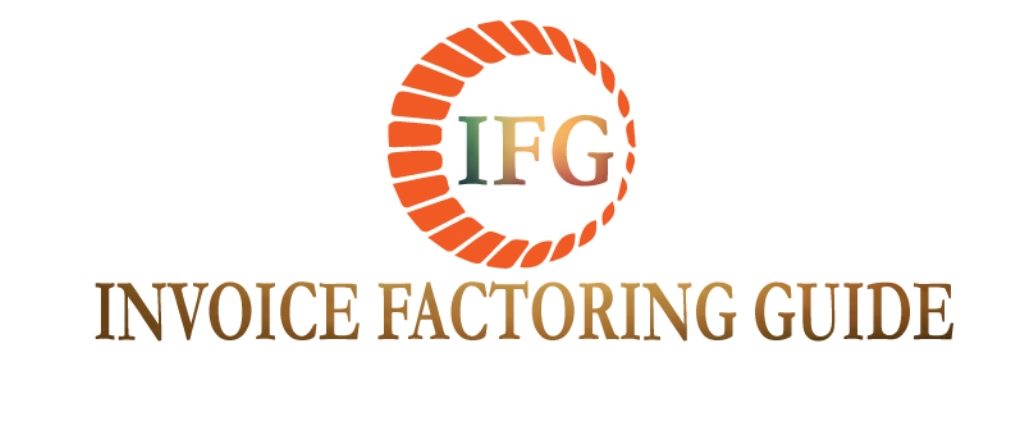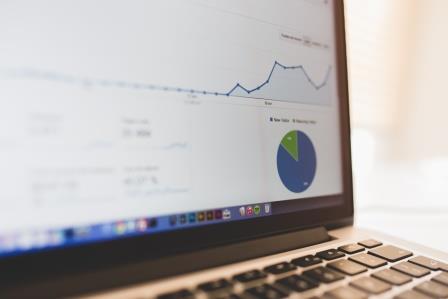Factoring Accounts Receivable for Growth
Factoring Accounts Receivable: NOT Too Expensive
 One of the perceived disadvantages of factoring accounts receivable is the cost. But a closer look at factoring expenses may shed a different light. While factoring fees might be higher than the interest rates on a traditional bank loan or line of credit, the two financing options are really quite different. Accounts receivable factoring involves the sale of outstanding invoices, at a discount, to a third-party factoring company for immediate funding.
One of the perceived disadvantages of factoring accounts receivable is the cost. But a closer look at factoring expenses may shed a different light. While factoring fees might be higher than the interest rates on a traditional bank loan or line of credit, the two financing options are really quite different. Accounts receivable factoring involves the sale of outstanding invoices, at a discount, to a third-party factoring company for immediate funding.
With a bank loan, once the money is lent, the bank isn’t involved anymore (unless payments are being missed). With invoice factoring, the factoring company essentially becomes a partner with the business. The factor often takes over the collection duties and credit services for the business which has a number of benefits. And you’re essentially receiving these additional collection and credit services for free. Also, the credit quality of your customers could improve since this is the factor’s area of expertise, presumably not yours.
And with non recourse factoring, the credit risk of the business’ customer (also known as the account debtor) is transferred to the factoring company, which can reduce some of the expenses incurred for collection and allows you to focus on running your business. This is important if you had an outsized invoice that represents a major portion of annual revenues that would be very detrimental if not received.
Factoring Accounts Receivable Tip: Ignore APR
A common mistake we see when assessing the cost of factoring is simply taking the factoring fee and annualizing it. Doing so would produce an APR that rivals less desirable small business funding options such as a business cash advance. This is not the best way to assess the true factoring costs.
Unlike a traditional loan or a business line of credit where money is simply lent, factoring costs reflect not just the actual funding but a variety of other services. There are the initial set up costs, filing documents with multiple agencies, collection services, the due diligence required on assessing each invoice (credit analysis on the account debtor), checking for outstanding liens, confirming with the customer that the work was actually fully completed (works in progress are generally not allowed by most invoice factoring companies). And of course, the fact that you are actually selling assets, often hundreds of thousands of dollars worth, on an annual basis.
Factoring Accounts Receivables Boosts Profitability
Your business can actually become more profitable by factoring receivables. Your gross margin increases by 1- boosting sales and 2-lower labor costs due to reduced man power involved in collections so bottom line may be improved by this type of asset based lending. So, factoring can improve sales and profitability on the income statement whereas traditional loan will put debt onto your balance sheet, lower your credit rating and hinder future financing prospects.
Comparing Fees Between Factoring Companies
It is often difficult to compare the costs of factoring between multiple invoice factoring companies. Even though they may advertise a cut and dry rate, there are a host of ancillary fees that must be accounted for. Further, the quotes a prospective business may receive could be like comparing apples to oranges if they aren’t based on the same standard 30-day rate.
For example, if you are getting multiple quotes from factors, which we highly recommend, you could get quotes based on 15, 30 or 45 days. This is similar to when shopping for a mortgage, you may get those companies that quote you in points, and all other variations except what you actually want, a plain vanilla 30 year fixed quote. Ask your factoring company to provide you with a standard 30-day rate. After all, invoice financing shouldn’t be a guessing game with hidden costs.
Also, the advance rates are often the most attractive metric for many businesses since that immediate funding what’s often so coveted. Sometimes, a factoring company will offer a large advance to attract a new customer interested in factoring accounts receivable. But can you be sure that your cost of funding is competitive outside of the advance? Here is an example of a hypothetical group of quotes from factoring companies:
| Advance Amount | Factoring Fee | Cost per Dollar | |
| Factoring Company #1 | 70% | 2.25% | .03214 |
| Factoring Company #2 | 80% | 2.5% | .03125 |
| Factoring Company #3 | 85% | 2.75% | .03235 |
| Factoring Company #4 | 90% | 3% | .03333 |
| Factoring Company #5 | 95% | 3.5% | .03684 |
As you can see by the green highlight, the lowest cost of funding, on a per dollar basis, is factoring company #2. The most expensive cost of funding is with factoring company #5. You can calculate this yourself by dividing the factoring fee by the advance rate to get the cost per dollar.
Of course, if it’s more important to your business to get the largest advance possible, then consider company #5 with the largest advance. Advance rates are predominantly determined by the creditworthiness of the account debtors while the factoring rates are more influenced by the factor’s cost of funding. During the financial crisis, factoring rates jumped, even as general interest rates dropped, a sign of credit demand dropping.1
1http://www.bizjournals.com/atlanta/stories/2009/06/29/focus8.html?b=1246248000%255e1850951%3fs=print



